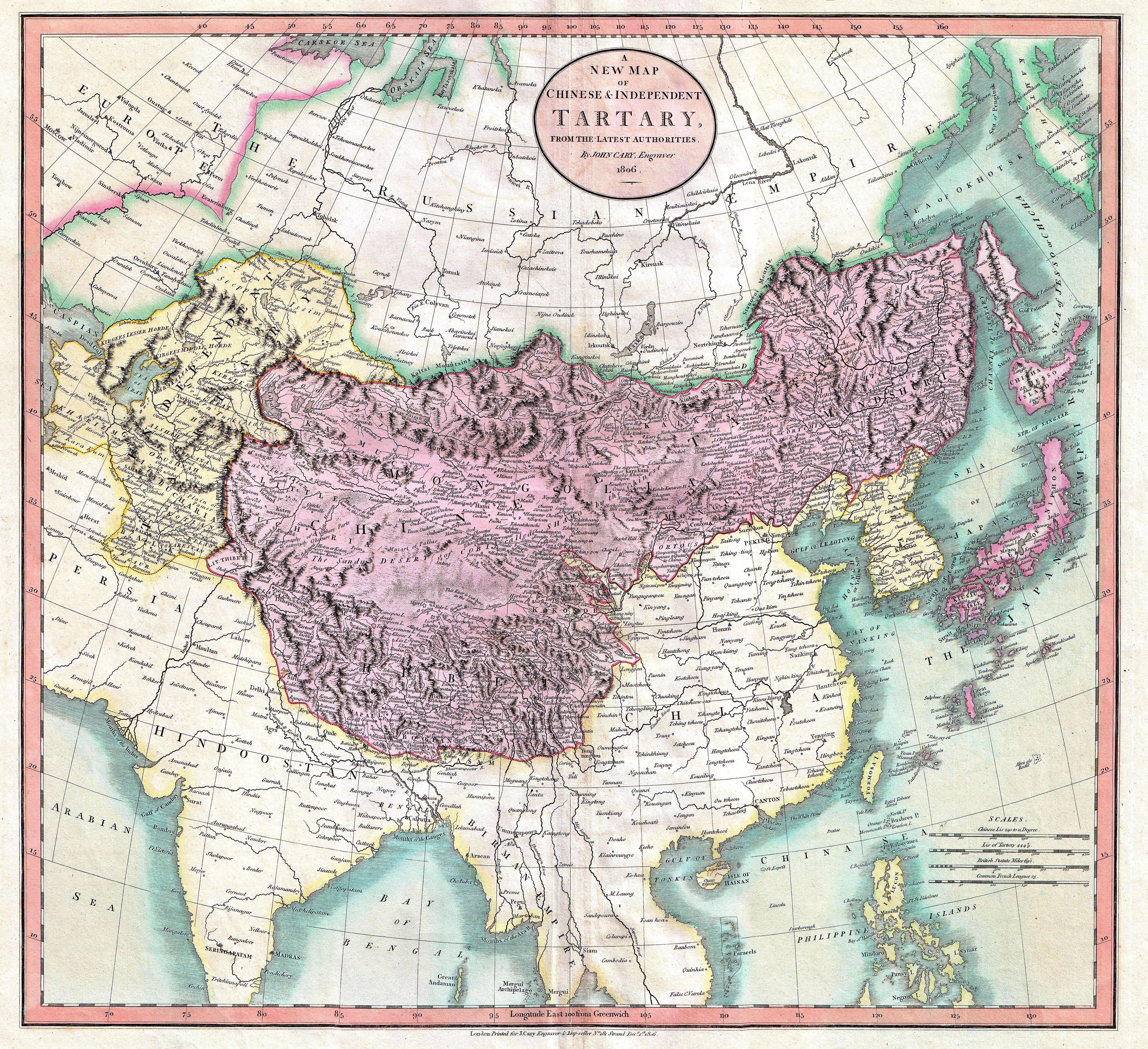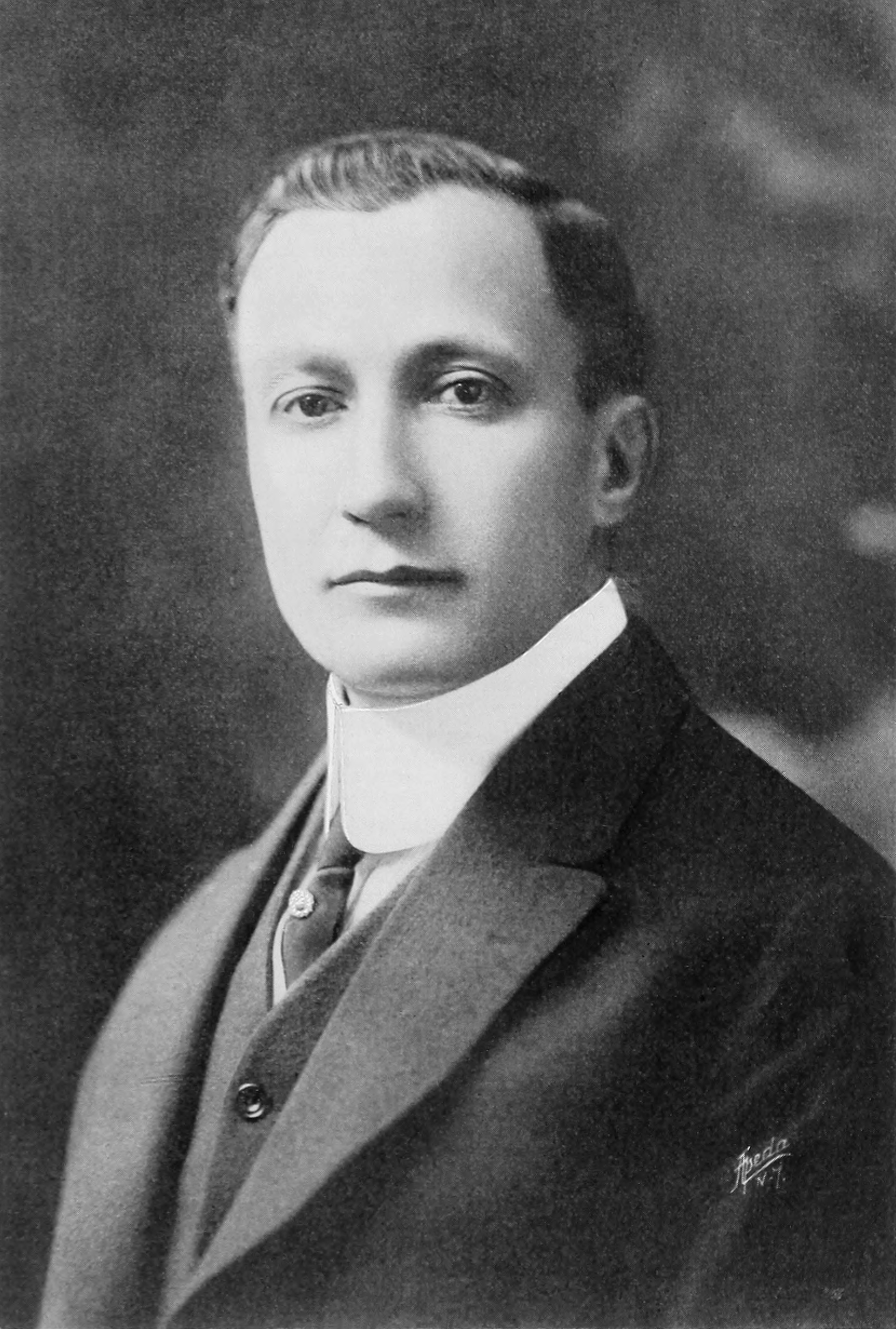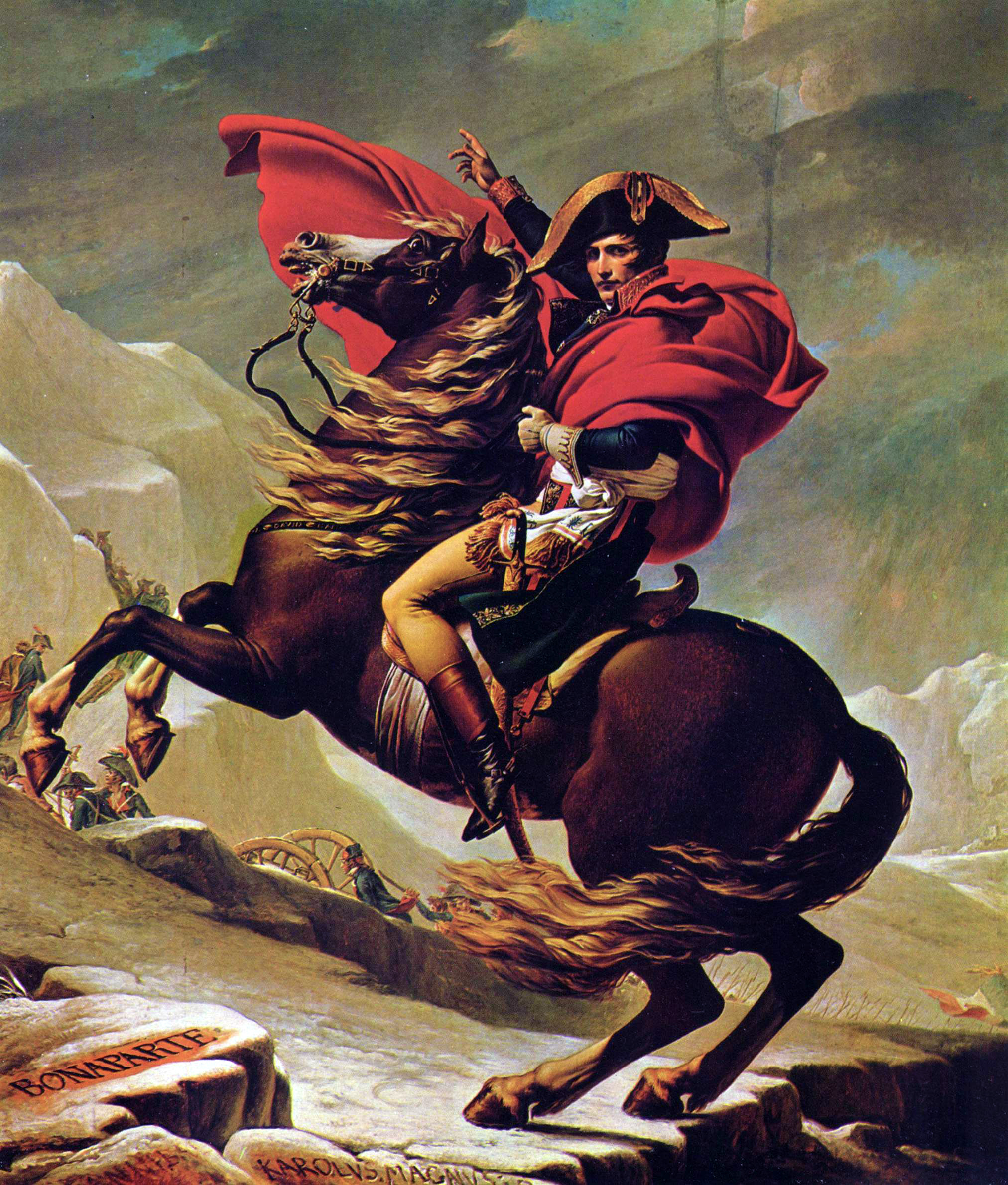|
Claude Gay
Claude Gay, often named Claudio Gay in Spanish texts, (18 March 1800 – 29 November 1873), was a French botanist, naturalist and illustrator. This explorer carried out some of the first investigations about Chilean flora, fauna, geology and geography. The ''Cordillera Claudio Gay'' in the Atacama Region of Chile is named after him. He founded the Chilean National Museum of Natural History, its first director was another Frenchman Jean-François Dauxion-Lavaysse. Research and travels Gay first went to Paris to study medicine, but he quickly abandoned this idea to become a researcher in natural history. In 1828, he went to Chile to teach physics and natural history at a college in Santiago. In 1829, he accepted a position as a researcher for the Chilean government to carry out a scientific survey of the country. He returned to France in 1832, and gave his collections to the Muséum national d'histoire naturelle in Paris. His botanical specimens can now be found throughout ... [...More Info...] [...Related Items...] OR: [Wikipedia] [Google] [Baidu] |
Draguignan
Draguignan (; ) is a commune in the Var department in the administrative region of Provence-Alpes-Côte d'Azur (formerly Provence), southeastern France. It is a sub-prefecture of the department and self-proclaimed "capital of Artillery" and "''Porte du Verdon''". The city is from Saint-Tropez, and from Nice. Name and motto According to legend, the name of the city is derived from the Latin name "Draco/Draconem" (''dragon''): a bishop, called Saint Hermentaire, killed a dragon and saved people. The Latin motto of Draguignan is ''Alios nutrio, meos devoro'' (I nourish others, I devour my own). Geography The elevation is 200 m. The highest hill near Draguignan is Malmont (551 m). The main river near Draguignan is the Nartuby. The city is set in a valley NW-SE, about wide. Climate Draguignan's climate is the same as the normal conditions of the Mediterranean climate. The nights of frost are rare and the negative temperatures occur only a few days ... [...More Info...] [...Related Items...] OR: [Wikipedia] [Google] [Baidu] |
Tartary
Tartary (Latin: ''Tartaria''; ; ; ) or Tatary () was a blanket term used in Western European literature and cartography for a vast part of Asia bounded by the Caspian Sea, the Ural Mountains, the Pacific Ocean, and the northern borders of China, India, and Persia, at a time when this region was largely unknown to European geographers. The active use of the toponym (place name) can be traced from the 13th to the 19th centuries. In European sources, Tartary became the most common name for Central Asia that had no connection with the real polities or ethnic groups of the region; until the 19th century, European knowledge of the area remained extremely scarce and fragmentary. In modern English-speaking tradition, the region formerly known as Tartary is usually called Inner Asia or Central Eurasia. Much of this area consists of arid plains, the main nomadic population of which in the past was engaged in animal husbandry. Ignorance surrounding Tartary's use as a place name has spawn ... [...More Info...] [...Related Items...] OR: [Wikipedia] [Google] [Baidu] |
Knights Of The Legion Of Honour
A knight is a person granted an honorary title of a knighthood by a head of state (including the pope) or representative for service to the monarch, the church, or the country, especially in a military capacity. The concept of a knighthood may have been inspired by the ancient Greek ''hippeis'' (ἱππεῖς) and Roman ''equites''. In the Early Middle Ages in Western Christian Europe, knighthoods were conferred upon mounted warriors. During the High Middle Ages, a knighthood was considered a class of petty nobility. By the Late Middle Ages, the rank had become associated with the ideals of chivalry, a code of conduct for the perfect Royal court, courtly Christian warrior. Often, a knight was a vassal who served as an elite fighter or a bodyguard for a lord, with payment in the form of land holdings. The lords trusted the knights, who were skilled in Horses in warfare, battle on horseback. In the Middle Ages, a knighthood was closely linked with horsemanship (and especially ... [...More Info...] [...Related Items...] OR: [Wikipedia] [Google] [Baidu] |
1873 Deaths
Events January * January 1 ** Japan adopts the Gregorian calendar. ** The California Penal Code goes into effect. * January 17 – American Indian Wars: Modoc War: First Battle of the Stronghold – Modoc Indians defeat the United States Army. February * February 11 – The Spanish Cortes deposes King Amadeus I, and proclaims the First Spanish Republic. * February 12 ** Emilio Castelar, the former foreign minister, becomes prime minister of the new Spanish Republic. ** The Coinage Act of 1873 in the United States is signed into law by President Ulysses S. Grant. Coming into effect on April 1, it ends bimetallism in the U.S., and places the country on the gold standard. * February 20 ** The University of California opens its first medical school in San Francisco. ** British naval officer John Moresby discovers the site of Port Moresby in Papua New Guinea, and claims the land for Britain. March * March 3 – Censorship: The United States Congress ... [...More Info...] [...Related Items...] OR: [Wikipedia] [Google] [Baidu] |
1800 Births
As of March 1 (Old Style, O.S. February 18), when the Julian calendar acknowledged a leap day and the Gregorian calendar did not, the Julian calendar fell one day further behind, bringing the difference to 12 days until February 28 (Old Style, O.S. February 16), 1900. Events January–March * January 1 ** Quasi-War: Action of 1 January 1800 – A naval battle off the coast of Haiti, between four United States merchant vessels escorted by naval schooner , and a squadron of armed barges manned by Haitian pirates (known as wikt:picaroon, picaroons), under the command of general André Rigaud, ends indecisively. ** The Dutch East India Company dissolves. * February 7 – A public 1800 French constitutional referendum, plebiscite in France confirms Napoleon as First Consul, by a substantial majority. * February 11 – Infrared radiation is discovered by astronomer Sir William Herschel. * February 22 – The Baker rifle, designed by Ezekiel Baker, is selected ... [...More Info...] [...Related Items...] OR: [Wikipedia] [Google] [Baidu] |
French Taxonomists
French may refer to: * Something of, from, or related to France ** French language, which originated in France ** French people, a nation and ethnic group ** French cuisine, cooking traditions and practices Arts and media * The French (band), a British rock band * "French" (episode), a live-action episode of ''The Super Mario Bros. Super Show!'' * ''Française'' (film), a 2008 film * French Stewart (born 1964), American actor Other uses * French (surname), a surname (including a list of people with the name) * French (tunic), a type of military jacket or tunic * French's, an American brand of mustard condiment * French (catheter scale), a unit of measurement * French Defence, a chess opening * French kiss, a type of kiss See also * France (other) * Franch, a surname * French Revolution (other) * French River (other), several rivers and other places * Frenching (other) * Justice French (other) Justice French may refer to: * C. ... [...More Info...] [...Related Items...] OR: [Wikipedia] [Google] [Baidu] |
Gayana
''Gayana'' is a biannual peer-reviewed scientific journal published by the University of Concepción. It covers zoology and oceanology works on taxonomy, systematics, phylogeny, biogeography, environmental biology, biotechnology, limnology, hydrology and atmospheric sciences. It was established by the merger of two journals; ''Gayana Oceanología'' and ''Gayana Zoología''. '' Gayana Botánica'' remains a separate journal. Abstracting and indexing The journal is abstracted and indexed in Biological Abstracts, BIOSIS Previews, Essential Science Indicators and Zoological Record. BIOSIS Previews BIOSIS Previews is an English-language, bibliographic database service, with abstracts and citation indexing. It is part of ''Clarivate Analytics Web of Science'' suite. BIOSIS Previews indexes data from 1926 to the present. BIOSIS Previews i ..., References External links * Multilingual journals University of Concepción academic journals Academic journals established in 199 ... [...More Info...] [...Related Items...] OR: [Wikipedia] [Google] [Baidu] |
Rufous-bellied Seedsnipe
The rufous-bellied seedsnipe (''Attagis gayi'') is a bird in suborder Scolopaci of order Charadriiformes, the shorebirds. It is found in Argentina, Bolivia, Chile, Ecuador, and Peru. Taxonomy and systematics The rufous-bellied seedsnipe shares its genus with the white-bellied seedsnipe (''A. malouinus''). They and the other two seedsnipes are closely related to the sandpipers of family Scolopacidae. It has three subspecies, the nominate ''A. g. gayi'', ''A. g. latrelillii'', and ''A. g. simonsi''. At least one publication has suggested that ''A. g. latrelillii'' might deserve to be recognized as a species. The rufous-bellied seedsnipe's specific epithet commemorates the French naturalist Claude Gay. Description The rufous-bellied seedsnipe is long and weighs about . The sexes are alike. The nominate subspecies' upperparts have an intricate scallop pattern of rufous-brown and blackish; its underparts are unmarked pale pinkish cinnamon. Subspecies ''A. g. latrelillii'' has a ... [...More Info...] [...Related Items...] OR: [Wikipedia] [Google] [Baidu] |
Montiopsis Gayana
''Montiopsis'' is a genus of flowering plants belonging to the family Montiaceae. Its native range is Peru to southern South America. It is found in Argentina, Bolivia, Chile and Peru. The genus name of ''Montiopsis'' is in honour of Giuseppe Monti Giuseppe Monti (27 November 1682 – 29 February 1760) was an Italians, Italian chemist and Botany, botanist. He was a professor of botany and from 1722 to 1760 director of the Bologna Botanical Garden. His son Gaetano Lorenzo Monti (1712–1797) ... (1682–1760), an Italian chemist and botanist. It was first described and published in Revis. Gen. Pl. Vol.3 (Issue 2) on page 14 in 1898. Known species According to Kew: *'' Montiopsis andicola'' *'' Montiopsis berteroana'' *'' Montiopsis capitata'' *'' Montiopsis cistiflora'' *'' Montiopsis copiapina'' *'' Montiopsis cumingii'' *'' Montiopsis demissa'' *'' Montiopsis gayana'' *'' Montiopsis gilliesii'' *'' Montiopsis glomerata'' *'' Montiopsis modesta'' *'' Montiopsis p ... [...More Info...] [...Related Items...] OR: [Wikipedia] [Google] [Baidu] |
Degelia Gayana
''Degelia'' is a genus of lichen-forming fungi in the family Pannariaceae. The genus is named after Swedish lichenologist Gunnar Degelius. The genus was circumscribed by Lars Arvidsson and David John Galloway in 1981. Species *'' Degelia atlantica'' *'' Degelia calcicola'' *''Degelia crustacea ''Degelia'' is a genus of lichen-forming fungi in the family Pannariaceae. The genus is named after Swedish lichenologist Gunnar Degelius. The genus was circumscription (taxonomy), circumscribed by Lars Arvidsson and David John Galloway in 1981 ...'' *'' Degelia cyanoloma'' *'' Degelia durietzii'' *'' Degelia duplomarginata'' *'' Degelia flabellata'' *'' Degelia gayana'' *'' Degelia ligulata'' *'' Degelia neozelandica'' *'' Degelia periptera'' *'' Degelia plumbea'' *'' Degelia rosulata'' *'' Degelia subcrustata'' References * Pannariaceae Lichen genera Peltigerales genera Taxa described in 1981 Taxa named by David Galloway (botanist) {{Peltigerales-stub ... [...More Info...] [...Related Items...] OR: [Wikipedia] [Google] [Baidu] |
Lichen
A lichen ( , ) is a hybrid colony (biology), colony of algae or cyanobacteria living symbiotically among hypha, filaments of multiple fungus species, along with yeasts and bacteria embedded in the cortex or "skin", in a mutualism (biology), mutualistic relationship.Introduction to Lichens – An Alliance between Kingdoms . University of California Museum of Paleontology. . Lichens are the lifeform that first brought the term symbiosis (as ''Symbiotismus'') into biological context. Lichens have since been recognized as important actors in nutrient cycling and producers which many higher trophic feeders feed on, such as reindeer, gastropods, nematodes, mites, and springtails. Lichens have properties different from those of their component organisms. They come in man ... [...More Info...] [...Related Items...] OR: [Wikipedia] [Google] [Baidu] |
Légion D'honneur
The National Order of the Legion of Honour ( ), formerly the Imperial Order of the Legion of Honour (), is the highest and most prestigious French national order of merit, both military and Civil society, civil. Currently consisting of five classes, it was originally established in 1802 by Napoleon, Napoleon Bonaparte, and it has been retained (with occasional slight alterations) by all later French governments and regimes. The order's motto is ' ("Honour and Fatherland"); its Seat (legal entity), seat is the Palais de la Légion d'Honneur next to the Musée d'Orsay, on the left bank of the Seine in Paris. Since 1 February 2023, the Order's grand chancellor has been retired General François Lecointre, who succeeded fellow retired General Benoît Puga in office. The order is divided into five degrees of increasing distinction: ' (Knight), ' (Officer), ' (Commander (order), Commander), ' (Grand Officer) and ' (Grand Cross). History Consulate During the French Revolution, all ... [...More Info...] [...Related Items...] OR: [Wikipedia] [Google] [Baidu] |




